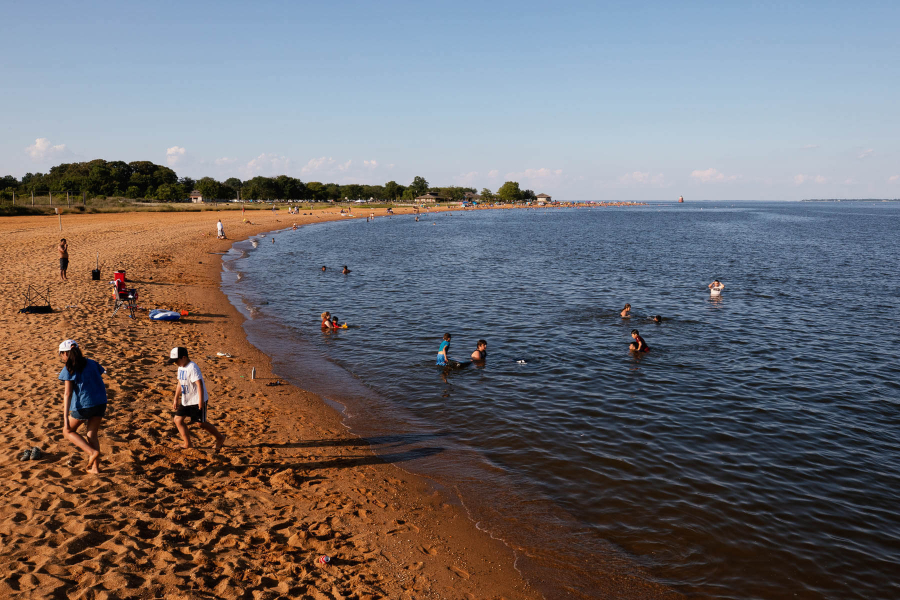Making the outdoors more accessible to the Chesapeake’s Latinx communities

Over 8% of the 18 million residents of the Chesapeake watershed are of Hispanic or Latinx descent. It’s an expansive community with strong ties to the outdoors—many Latinx and Hispanic families are avid park users, and a number of Latinx-based environmental organizations exist throughout the watershed, fostering strong support for conservation. Now, a partnership between the National Park Service (NPS) Chesapeake Bay Office and Corazón Latino is engaging the community in a significant way.
The recently launched partnership will make parks, museums, trails and other public access sites within the Chesapeake Bay Gateways Network more open and accessible to Latinx communities. A variety of initiatives such as cultural competency training, the translation of online and in-person park resources and events at Chesapeake Bay Gateway Network sites will unfold over the coming years.
“We are excited to launch a long-term relationship and collaboration with Corazón Latino to more meaningfully engage with Latinx communities across the Chesapeake watershed,” said Superintendent Wendy O’Sullivan, NPS Chesapeake Bay Office. “Together we will develop new programs, tools and resources to support hundreds of Chesapeake partners as they continue to locally connect with Latinx communities and expand culturally relevant opportunities around watershed-wide recreation, education, restoration and stewardship.”
For the first year of the partnership, the Chesapeake Bay Gateways Network is providing $163,125, which Corazón Latino is matching with an additional $86,934 of non-federal resources. In collaboration with the NPS Chesapeake Bay Office, Corazón Latino will use these funds to advance inclusive access and community stewardship through a number of initiatives.
Integral to the new partnership is acknowledging that Latinx communities are not one size fits all. There are important cultural and identity differences depending on if people have heritage links to countries in Central America, South America, the Caribbean or elsewhere.
“There’s a lot of common ground in language and culture and Corazón Latino’s goal is to find those elements that make it unique, appealing and inspiring,” said Felipe Benítez, executive director of Corazón Latino. “We are really eager to work with NPS to engage individuals, families and communities to enjoy the land and water and become inspired to then care for and protect their natural world whether it’s by gathering with family outdoors, planting a tree, recreating responsibly or by participating in a community discussion about their local creek or river.”
Initiatives such as these also work towards meeting the Stewardship goal outlined within the Chesapeake Watershed Agreement, the document that guides the work of the Chesapeake Bay Program. Under the Stewardship Goal, Chesapeake Bay Program partners are committed to not only increasing the public’s access to the Chesapeake Bay and its many tributaries, but also to creating opportunities to engage underrepresented communities and individuals and encourage citizen stewards across the watershed.
You can track the progress of our work as it relates to diversity and inclusion—as well as other goals stated in the Watershed Agreement—on Chesapeake Progress.

Comments
There are no comments.
Thank you!
Your comment has been received. Before it can be published, the comment will be reviewed by our team to ensure it adheres with our rules of engagement.
Back to recent stories